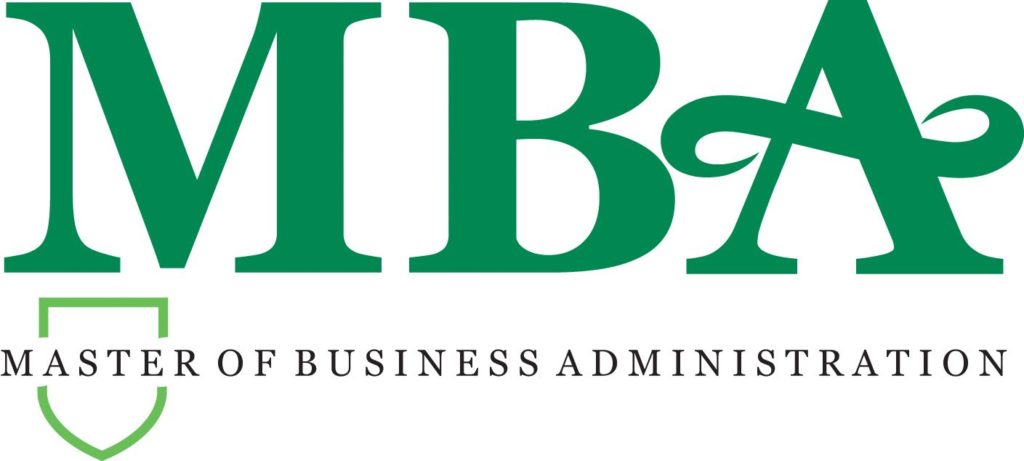Details Regarding MBA (Master of Business Administration) Program
There are many confusing questions that the ever-popular 3-letter acronym (M.B.A.) generates every year, as new higher education aspirants (enamored by the exciting opportunities that the qualification seems to promise), hit the Internet for answers.
“What’s an MBA?“, “How many years to complete an MBA? What is the average course duration?“, “What subjects does the course list cover?“, “What is the typical MBA course fee?” and of course, “Is it right for me?”
It’s best that we start with the basics, right? If some of this sounds too trivial, feel free to jump to the section that you find the most relevant.
What is MBA Program?
The Master of Business Administration (MBA) is an internationally-recognized degree designed to develop the skills required for careers in business and management. The value of the MBA, however, is not limited strictly to the business world.
By definition, an MBA (Master Of Business Administration) is an internationally accepted masters (post-graduate) level degree that:-
- Imparts a strong theoretical foundation in business concepts.
- Provides practical opportunities (via internships, group assignments and individual projects) to test what students learn in the class.
- Builds hard-skills in the areas of management and leadership.
- Polishes a range of soft-skills like communication, motivation and negotiation.
- Opens up global opportunities for career growth.
- Allows MBA students to start an independent business after graduating.
Whether you are looking at MBA courses in India or abroad, the choices can make the process overwhelming. Starting from the type of the program to shortlisting the best MBA courses, it takes lot of effort.
Types of MBA courses
MBA courses can come in a wider variety of formats. The most common types of MBA courses are as follows:
Two-year (Full-Time) MBA Programs normally take place over two academic years (i.e. approximately 18 months of term time). For example, in the Northern Hemisphere, they often begin in late August/September of year one and continue until May of year two, with a three- to four-month summer break in between years one and two. Students enter with a reasonable amount of prior real-world work experience and take classes during weekdays like other university students. A typical Full-time, accelerated, part-time or modular MBA requires 60 credits (600 class hours) of graduate work.
Accelerated MBA programs are a variation of the two-year programs. They involve a higher course load with more intense class and examination schedules and are usually condensed into one year. They usually have less ‘down time’ during the program and between semesters. For example, there is no three to four-month summer break, and between semesters there might be seven to ten days off rather than three to five weeks vacation. Accelerated programs typically have a lower cost than full-time two-year programs.
Part-Time MBA programs normally hold classes on weekday evenings, after normal working hours, or on weekends. Part-time programs normally last three years or more. The students in these programs typically consist of working professionals, who take a light course load for a longer period of time until the graduation requirements are met.
Evening (Second Shift) MBA programs are full-time programs that normally hold classes on weekday evenings, after normal working hours, or on weekends for a duration of two years. The students in these programs typically consist of working professionals, who can not leave their work to pursue a full-time regular shift MBA. Most second shift programs are offered at universities in India.
Modular MBA programs are similar to part-time programs, although typically employing a lock-step curriculum with classes packaged together in blocks lasting from one to three weeks.
Executive MBA (EMBA) programs developed to meet the educational needs of managers and executives, allowing students to earn an MBA (or another business-related graduate degree) in two years or less while working full-time. Participants come from every type and size of organization – profit, nonprofit, government – representing a variety of industries. EMBA students typically have a higher level of work experience, often 10 years or more, compared to other MBA students. In response to the increasing number of EMBA programs offered, The Executive MBA Council was formed in 1981 to advance executive education.
Full-time executive MBA programs are a new category of full-time 1 year MBA programs aimed at professionals with approx. 5 years or more. They are primarily offered in countries like India where the 2-year MBA program is targeted at fresh graduates with no experience or minimal experience. These full-time executive MBA programs are similar to 1 year MBA programs offered by schools like Insead and IMD.
Distance learning MBA programs hold classes off-campus. These programs can be offered in a number of different formats: correspondence course by postal mail or email, non-interactive broadcast video, pre-recorded video, live teleconference or video-conference , offline or online computer courses. Many schools offer these programs.
Blended learning programs combine distance learning with face-to-face instruction.These programs typically target working professionals who are unable to attend traditional part-time programs.
MBA dual degree programs combine an MBA with others (such as an MS, MA, or a JD, etc.) to let students cut costs (dual programs usually cost less than pursuing 2 degrees separately), save time on education and to tailor the business education courses to their needs. This is generally achieved by allowing core courses of one program count as electives in the other. Some business schools offer programs in which students can earn both a bachelor’s degree in business administration and an MBA in five years.
Mini-MBA is a term used by many non-profit and for-profit institutions to describe a training regimen focused on the fundamentals of business. In the past, Mini-MBA programs have typically been offered as non-credit bearing courses that require less than 100 hours of total learning. However, due to the criticisms of these certificates, many schools have now shifted their programs to offer courses for full credit so that they may be applied towards a complete traditional MBA degree. This is to allow students to verify business related coursework for employment purposes and still allow the option to complete a full-time MBA degree program at a later period, if they elect to do so.
Each one has its pros and cons. Though there is no single best format, the full-time MBA format can get you the biggest bang for your buck.
The average duration of full-time MBA programs can range between 1 to 2 years. You’ll find programs like INSEAD that are shorter than 1 year. The duration of part-time programs can extend up to 3 years, since students are working and studying at the same time.



